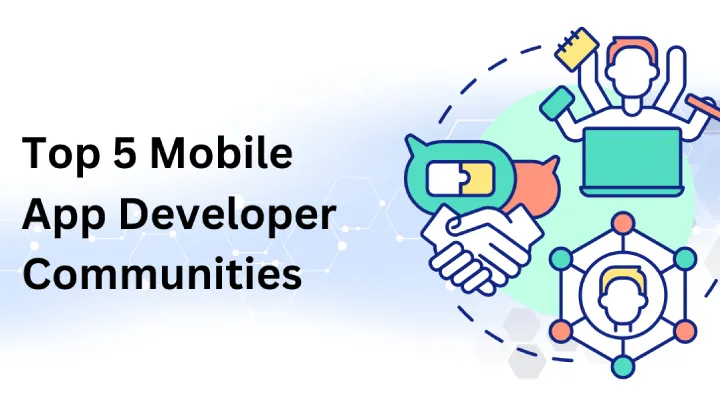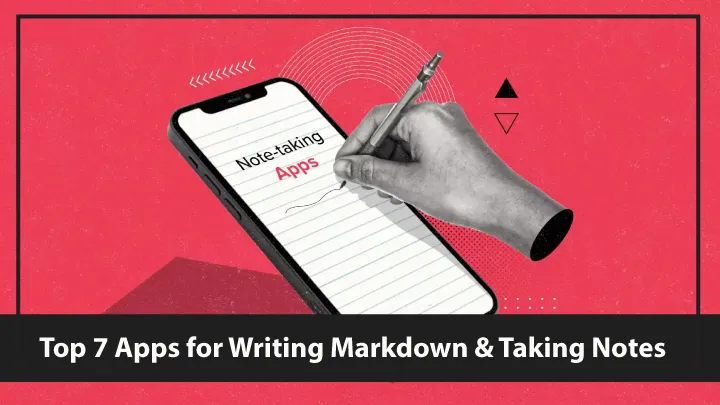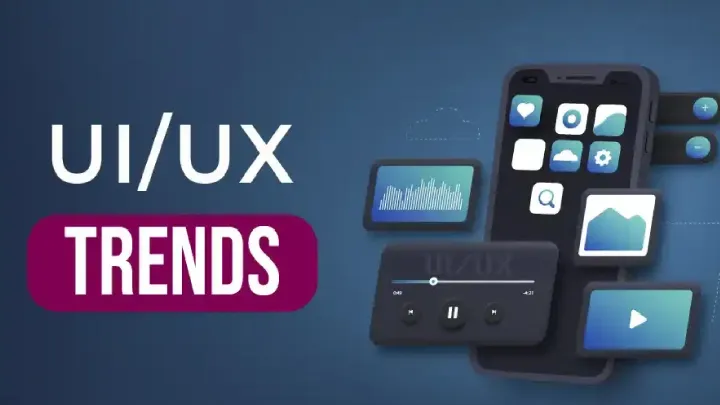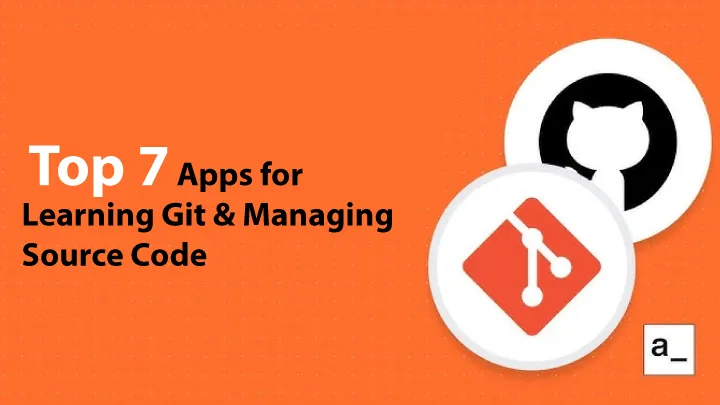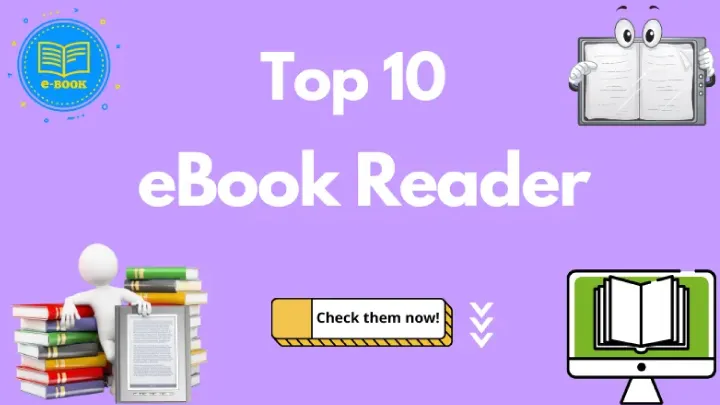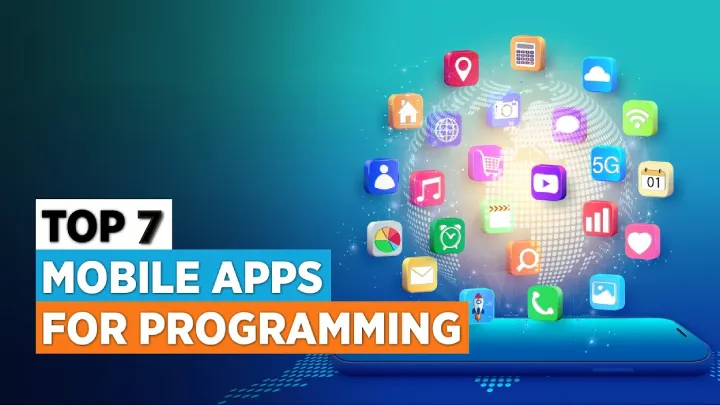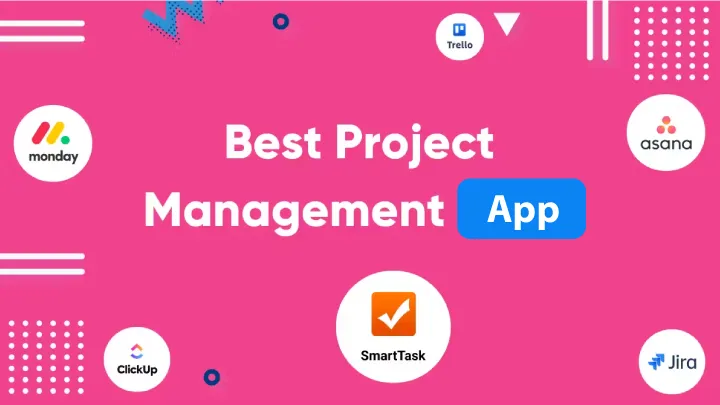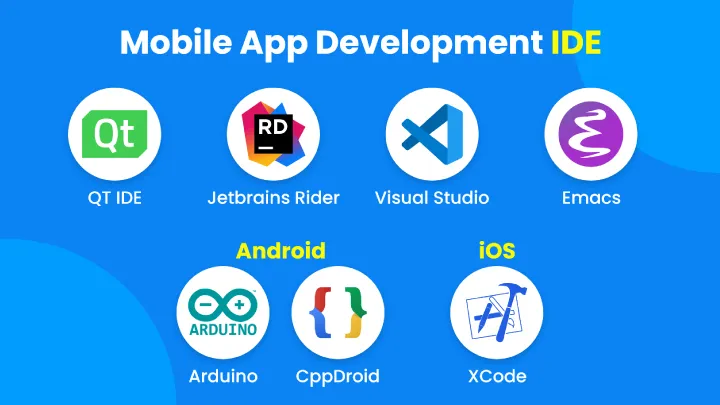Since its launch in February 2019, Apex Legends™ has been widely praised for its innovative approach to battle royale gameplay. Respawn Entertainment introduced several mechanics that differentiate it from other shooters: hero-based abilities, dynamic movement, and a unique ping system that allows players to communicate without voice chat. While Apex has thrived as a competitive and casual platform, one persistent issue has emerged over time — the paradox of the ping system. Designed to streamline communication, it has inadvertently shaped team behavior, competitive strategies, and even matchmaking experiences.
This article dives deep into this issue, tracing its evolution from launch to today. We analyze how the ping system influences decision-making, the social and competitive ramifications, and the challenges Respawn faces in balancing accessibility with high-level coordination.
1. Launch Mechanics: A Revolutionary Communication Tool
When Apex Legends™ debuted, the ping system was celebrated as revolutionary. Players could mark enemy positions, loot, locations, and tactical instructions with a single button press.
This mechanic democratized communication, allowing players who lacked microphones to remain competitive. Pings could indicate enemies, weapons, ammo, or even “go here” directions, making teams more cohesive in casual and ranked matches.
However, the system’s simplicity also introduced subtle meta consequences. Overreliance on pings sometimes replaced verbal discussion, creating communication patterns that favored certain types of players or decision-making styles over others.
2. Early Competitive Observations: Ping-Driven Meta
The Ping-As-Directive Problem
Early tournaments revealed that some teams interpreted pings too rigidly. A simple marker could dictate rotations or target prioritization, reducing flexibility. Teams sometimes blindly followed a pinged target rather than evaluating the situation independently, which occasionally led to overextensions or poor positioning.
Impact on Solo Queue
In solo queue matches, players who did not understand the intent behind pings were penalized, creating a divide between experienced and inexperienced players. The ping system, while lowering the barrier to communication, inadvertently created a skill ceiling in understanding “ping literacy.”
3. Social Dynamics: Ping Etiquette and Misuse
The ping system also shaped social behavior in-game. Miscommunication via pings became a source of frustration.
- Excessive pinging could be perceived as nagging.
- Conflicting pings between teammates caused indecision.
- New players sometimes ignored pings entirely, leading to team fragmentation.
While intended to facilitate communication, pings introduced subtle social stressors that impacted teamwork and satisfaction.
4. Role of Legends and Ping Synergy
Different Legends’ abilities interact uniquely with the ping system.
- Recon characters like Bloodhound or Seer amplify the importance of pings by marking enemies.
- Support-oriented Legends rely on pinged loot for healing and shield distribution.
- Aggressive characters may misinterpret defensive pings, leading to uncoordinated pushes.
This interaction highlights that the ping system is not neutral; it changes the effectiveness of certain Legends and indirectly shapes team composition choices.
5. Ranked Mode: Pings vs. Voice Communication
As Apex Legends™ introduced competitive ranked modes, the tension between pings and voice chat intensified.
Voice-Enabled Teams Dominate
Teams using voice communication could add nuance and context to pings, giving them a strategic edge. Single pings with added verbal cues enabled more sophisticated rotations, callouts, and coordinated pushes.
Solo or Random Queues
Players without voice chat often relied entirely on pings, limiting their strategic depth. Ranked matchmaking highlighted disparities: teams unable to coordinate beyond basic pings were systematically outperformed.
6. Map Updates and Ping System Evolution
Respawn continuously updated maps, introducing high-traffic zones, loot rotations, and environmental hazards. Each change influenced ping usage:
- New points of interest increased ping traffic, making prioritization crucial.
- Verticality in maps meant that ping visibility could be limited, leading to miscommunication.
- Zone rotations required coordinated pings, otherwise teams risked late rotations or ambushes.
These iterations show that the ping system’s effectiveness is tightly coupled to map design and environmental complexity.
7. Technical Limitations and Visual Clutter
The ping system also has technical and UI limitations.
- Excessive pings can clutter the screen, obscuring enemy positions or terrain.
- Rapid pinging can confuse both the player issuing the ping and teammates.
- UI scaling and visual accessibility affect how well pings communicate intent.
This demonstrates that a seemingly simple feature has profound interaction effects with UI design, player perception, and real-time decision-making.
8. Psychological Effects: Overreliance and Cognitive Load
Decision Fatigue
Players may overrely on pings, outsourcing decision-making. This can reduce situational awareness, as individuals defer judgment to the system rather than analyzing context themselves.
Cognitive Load
Conversely, interpreting multiple simultaneous pings increases cognitive load, especially in chaotic endgame scenarios. High ping density can overwhelm players, leading to misplays even among experienced users.
9. Community Feedback and Respawn’s Adjustments
Respawn has responded to ping-related issues with quality-of-life updates:
- Context-sensitive pings, like marking enemies behind cover.
- Priority ping features for critical items or threats.
- Visual and audio cues to reduce ambiguity.
Community feedback, particularly from high-level players, has influenced how these changes were prioritized. The goal is to retain accessibility while improving strategic depth.
10. Long-Term Implications for Competitive Play
The ping system remains central to Apex Legends™ gameplay, but its paradox is clear: it democratizes communication yet subtly creates skill disparities.
- High-level players must understand both the literal and implied meanings of pings.
- Teams that master nuanced ping strategies gain a strategic edge in tournaments.
- Future iterations may further differentiate casual and competitive experiences, perhaps introducing advanced ping mechanics or training modes for “ping literacy.”
The system illustrates a broader lesson in game design: even simple features can have deep and lasting effects on competitive integrity, player psychology, and social dynamics.
Conclusion
Apex Legends™ transformed battle royale games with its ping system, but this innovation comes with complexity. While it allows non-verbal coordination and lowers barriers to team communication, it also introduces social, technical, and strategic challenges. Overreliance, misinterpretation, and cognitive overload affect both casual play and high-level competition. Respawn’s ongoing adjustments show awareness of the issue, but balancing accessibility with competitive depth remains a critical task. The ping system paradox exemplifies how one innovative mechanic can shape an entire player experience in unforeseen ways.








